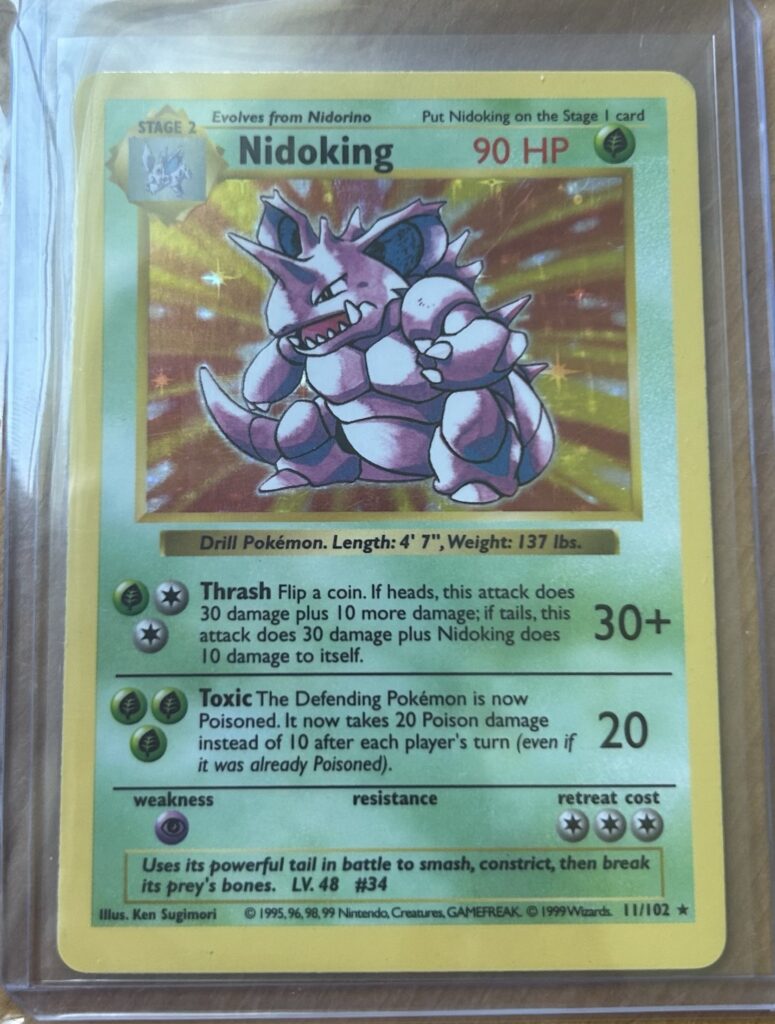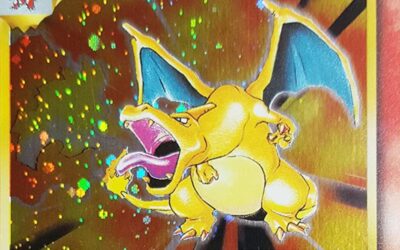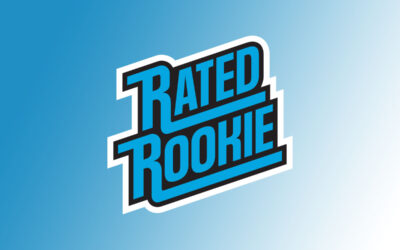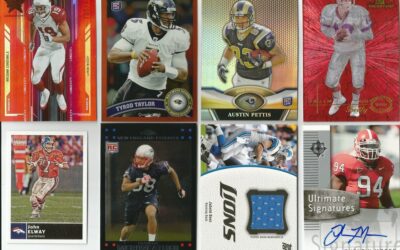What Makes a Pokémon Card Valuable? (Beyond Just Rarity)
You’re excited. I’m excited. But spoiler alert: value isn’t just about rarity. So buckle up for a ride through scarcity, condition, playability, nostalgia, and grading—with all the light sarcasm and slightly smug hobby-insider tone you asked for. If you came here expecting a one-line answer like “rare cards are worth more,” then congratulations, you’re technically correct but missing 90% of the equation.
Let’s break it down like you just pulled a holo Charizard and are already dreaming about paying off your car loan with it.
Scarcity: It’s Not Just “Rare,” It’s *That* Rare
Yes, rarity matters—but not all rare is created equal. A card printed in the low thousands doesn’t hold a candle to a one-of-one promo or a tournament prize card that only a dozen humans on earth can own. Think Pikachu Illustrator or Japanese trophy promos—obscure, limited, and dang near mythical. These aren’t just rare; they’re legendary in the hobby for their scarcity, and that’s what catapults them into the six-figure or even million-dollar league.
And here’s the kicker: scarcity alone can sometimes keep a card valuable even if it’s not in the best shape. Why? Because when there are literally no other copies for sale, buyers start relaxing their standards. It’s supply and demand 101—but with more cardboard.
Condition: You Can’t Sell a Folded Corner as “Mint”
Imagine this: you pull a $200 card, but the corner is dinged, the centering looks like it was done in the dark, and there’s a faint scratch on the holo. *Ouch*. That’s the reality—condition is a savage value killer. Every nick, scratch, mis-cut border or “whiting” (shoutout to Reddit for the jargon) chips away at value—even if the card is otherwise rare.
There’s a reason PSA, BGS, and CGC grades matter. They reward perfection, and perfection pays—big time. The difference between a PSA 9 and a PSA 10 can be hundreds or even thousands of dollars. The same card, same rarity, same print run—completely different market value. That’s why serious collectors treat penny sleeves and top loaders like life insurance.
Playability: Because Sometimes It’s About the Game, Not Bragging Rights
Not every valuable Pokémon card is a collector’s piece. Some are competitive monsters that dominate the meta. And when a card is the backbone of a championship deck, demand goes way up. It’s not just about flexing in a binder—it’s about winning.
Think of cards like Shaymin-EX during the XY era, or more recently, certain VMAX and EX cards that have been absolutely necessary in top-tier decks. Even if they aren’t especially rare, players will pay a premium because owning four of them is the difference between competing and just showing up to lose.
Of course, playability value can be volatile—rotation or meta shifts can tank a card’s price overnight. But when you combine playability with low print numbers, you get a double threat that can spike fast.
Nostalgia: Because We’re All Collecting Our Childhood
Let’s be real: nostalgia is the silent partner that sneaks into every trade and auction. The original Base Set, holographic Charizard, Jungle Pikachu—these cards carry emotional baggage (the *good* kind). That warm, fuzzy, “I had this right out of my lunch money” feeling is worth cold hard cash to collectors chasing that childhood vibe.
This is why certain sets—especially the original Wizards of the Coast era—have such staying power. It’s not just that they’re old; it’s that they’re culturally locked into a generation’s collective memory. People who were 10 years old in 1999 are now adults with disposable income, and that’s a dangerous combo for their wallets.
If you want a crash course in which nostalgia-heavy cards still move fast, check out the list of Top 10 Pokémon Cards That Still Sell Like Crazy on eBay. Spoiler: some of them might be hiding in your old binder right now.
Grading: The Price Multiplier
Want to treat your card like a stock? Get it graded. A PSA 10 vs a PSA 7 could mean an order-of-magnitude difference in value. Grading legitimizes and protects condition, and the investment in a slab often pays off.
Here’s where people mess up: they think grading is a magic value button. It’s not. If your card has print lines, whitening, or damage, a slab just makes the flaws official. But if you’ve got something that’s truly mint, grading can unlock an entirely different buyer pool—the kind willing to pay triple for the peace of mind.
Market Hype & Trends: Timing Is Everything
A card’s value isn’t just static—it’s a rollercoaster. Sometimes hype comes from new set releases, anniversaries, or even viral moments (looking at you, Logan Paul and the $5 million Pikachu Illustrator). If you buy or sell at the right time, you can ride the wave. If you miss it, you might be holding for years before the market comes back.
Savvy collectors keep an eye on big events, influencer buys, and competitive results. This isn’t about panic selling; it’s about knowing when demand is peaking and supply is thin.
Regional Exclusivity: The Hidden X-Factor
Some cards are valuable simply because they’re impossible to get outside of a specific country or event. Japanese promos, limited European releases, and cards given only at small tournaments can all skyrocket in value. Sometimes the card itself isn’t meta-relevant or visually stunning—it’s the story and exclusivity that make it worth chasing.
The Combo Effect: When Factors Stack
The real jackpots happen when these value drivers overlap. A scarce, mint-condition, highly playable card from a nostalgia-rich set that’s recently been hyped? That’s a recipe for absurd prices.
Example: A limited promo from the late ’90s that’s suddenly relevant in a modern deck build. Boom—overnight price spike. Or a trophy card that’s been sitting in a Japanese collection for 20 years, finally hitting the Western market. Collectors lose their minds.
How to Apply This Knowledge
If you’re buying, ask yourself:
1. How scarce is this card, really?
2. What’s the condition—and can it realistically grade high?
3. Is it playable right now? If not, has it ever been?
4. Does it trigger nostalgia for a certain era of collectors?
5. Is now the right time to buy or sell, based on market trends?
If you’re selling, lean into whatever value drivers apply to your card. High-grade slab? Mention it. Tournament-winning card? Highlight that. Old-school set? Play the nostalgia card (pun intended).
Value in Pokémon cards isn’t a single checklist item—it’s the blend of scarcity, condition, playability, nostalgia, grading, timing, and sometimes even geography. Get familiar with how they work together, and you’ll stop being the person asking “Why is this worth so much?” and start being the one cashing in.





0 Comments